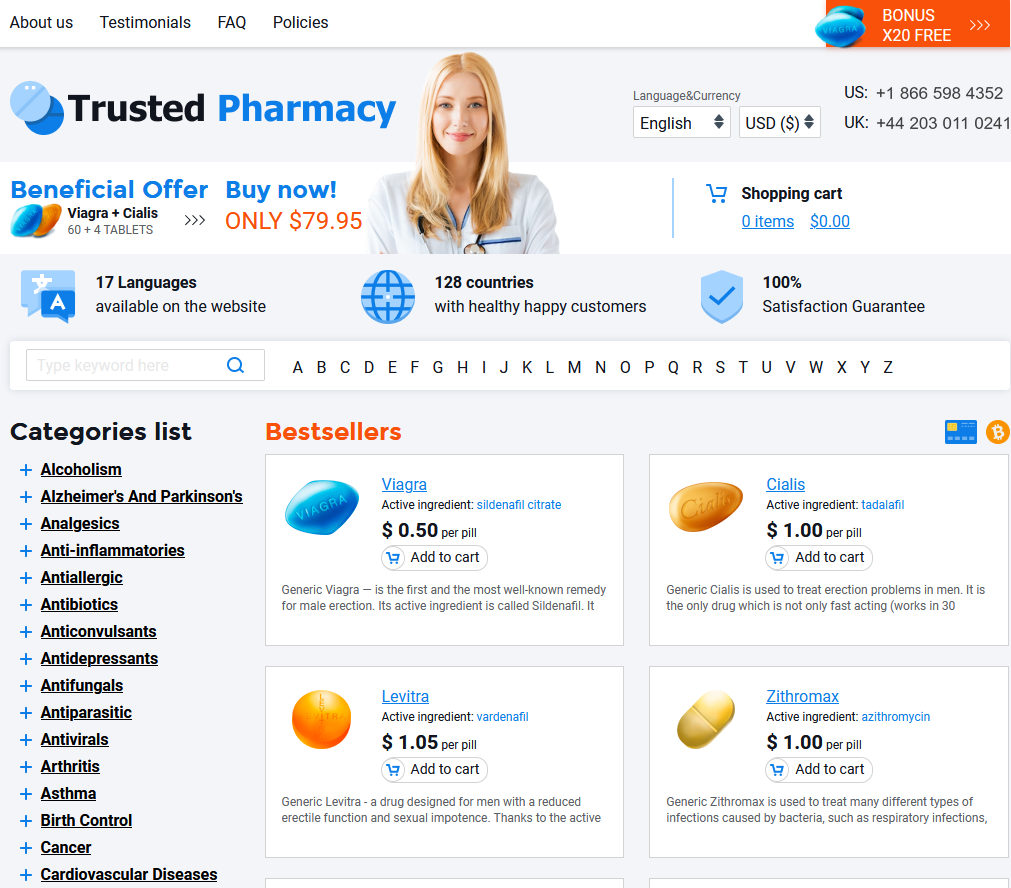Cefixime for Urinary Tract Infections: an Overview
Understanding How Cefixime Fights Urinary Tract Infections
When harmful bacteria enter the urinary tract, they can quickly multiply and cause discomfort. Cefixime, a powerful antibiotic from the cephalosporin family, targets these bacterial invaders. It works by disrupting the bacteria’s cell wall synthesis, leading to the breakdown and death of the microbes responsible for the infection.
Notably, cefixime is especially effective against certain strains of bacteria commonly found in UTIs, such as Escherichia coli. Its ability to travel through the bloodstream allows it to reach and eliminate infections in the urinary system.
With its broad-spectrum activity, cefixime is a trusted option for managing these challenging infections, providing relief and restoring health for many affected individuals.
| Bacteria Targeted | Mechanism of Action | Benefits |
|---|---|---|
| E. coli, Proteus, Klebsiella | Inhibits cell wall synthesis | Broad coverage, effective elimination |
When Doctors Recommend Cefixime for Utis

Doctors usually turn to cefixime when a urinary tract infection doesn’t respond to first-line antibiotics or the patient is allergic to more commonly used options. For some people, especially those with complicated UTIs or underlying health issues, cefixime’s extended-spectrum activity provides a crucial advantage. Physicians consider a patient’s medical history, the severity of infection, and recent local resistance patterns before choosing cefixime. In regions where resistance to older antibiotics is climbing, cefixime offers an effective backup. Ultimately, the decision is a careful balance of safety, antibiotic stewardship, and patient needs, ensuring the best possible chances of curing the infection with minimal complications.
Common Dosages and How Cefixime Is Taken
When it comes to urinary tract infections, fast and effective treatment matters. Cefixime is usually prescribed in tablet or oral suspension form, making it both simple and convenient for adults and children alike. The most common dosage for adults with uncomplicated UTIs is a 400 mg tablet taken once daily, though sometimes the doctor may suggest dividing this into two 200 mg doses per day, depending on the specific infection and patient history.
Children receive a dosage based on their body weight, which is carefully calculated by the healthcare provider to ensure safety and effectiveness. It’s important to take cefixime at the same time each day, with or without food, as consistency helps maintain optimal levels in the body. Completing the full prescribed course is essential to fully clear the infection and help prevent resistance.
Potential Side Effects and How to Manage Them

While cefixime is widely prescribed for urinary tract infections due to its effectiveness, some individuals may experience side effects. The most commonly reported are mild symptoms like stomach upset, diarrhea, nausea, or headaches. Occasionally, skin rashes or vaginal itching can occur, especially in those sensitive to antibiotics. These effects typically subside as the body adjusts to the medication, but staying alert for any severe reactions is essential.
Managing minor discomfort is possible by taking cefixime with food, staying hydrated, and avoiding irritating foods. However, if symptoms like persistent diarrhea, severe rash, or difficulty breathing emerge, medical attention should be sought immediately as these may indicate a more serious reaction. Maintaining communication with a healthcare provider throughout the course of cefixime can help ensure a safe and effective recovery from a UTI.
Comparing Cefixime with Other Uti Antibiotics
When treating urinary tract infections (UTIs), cefixime often enters the discussion alongside more familiar antibiotics such as nitrofurantoin, trimethoprim-sulfamethoxazole (TMP-SMX), and ciprofloxacin. While cefixime is classified as a third-generation cephalosporin, it stands out for its once-daily dosing and effectiveness against a wide spectrum of bacteria, including some strains resistant to other oral agents. However, in cases with highly resistant pathogens, clinicians may opt for alternative drugs better suited to local resistance patterns.
What makes cefixime particularly appealing is its convenient oral formulation, which is especially valuable for patients unable to tolerate other first-line antibiotics due to allergies or side effects. The decision to use cefixime, though, is influenced by factors such as the severity of the infection, individual patient considerations, and regional antibiotic resistance trends.
| Antibiotic | Class | Typical Dosage | Main Advantages |
|---|---|---|---|
| Cefixime | Cephalosporin (3rd gen.) | 400 mg once daily | Convenient dosing, broad spectrum, oral use |
| Nitrofurantoin | Other | 100 mg twice daily | Low resistance, effective for uncomplicated UTIs |
| TMP-SMX | Sulfonamide | 160/800 mg twice daily | Cost-effective, oral use |
| Ciprofloxacin | Fluoroquinolone | 250-500 mg twice daily | Potent, broad coverage |
Tips for Improving Treatment Success with Cefixime
For those prescribed cefixime for a urinary tract infection (UTI), adhering to your doctor’s instructions is crucial for a quick and complete recovery. Take cefixime at the same time every day, and do not skip doses—even if you start feeling better. Completing the full course of antibiotics helps prevent recurrence and reduces the risk of antibiotic resistance.
Hydration plays a supportive role in flushing bacteria from your urinary tract, so remember to drink plenty of water throughout your treatment. If you notice mild side effects like stomach upset, try taking cefixime with food to minimize discomfort. Always avoid alcohol, as it can exacerbate side effects or interfere with healing.
Lastly, make note of any symptoms that persist or worsen, such as fever or increased pain. Promptly reporting these to your healthcare provider ensures timely adjustments to your treatment plan.

